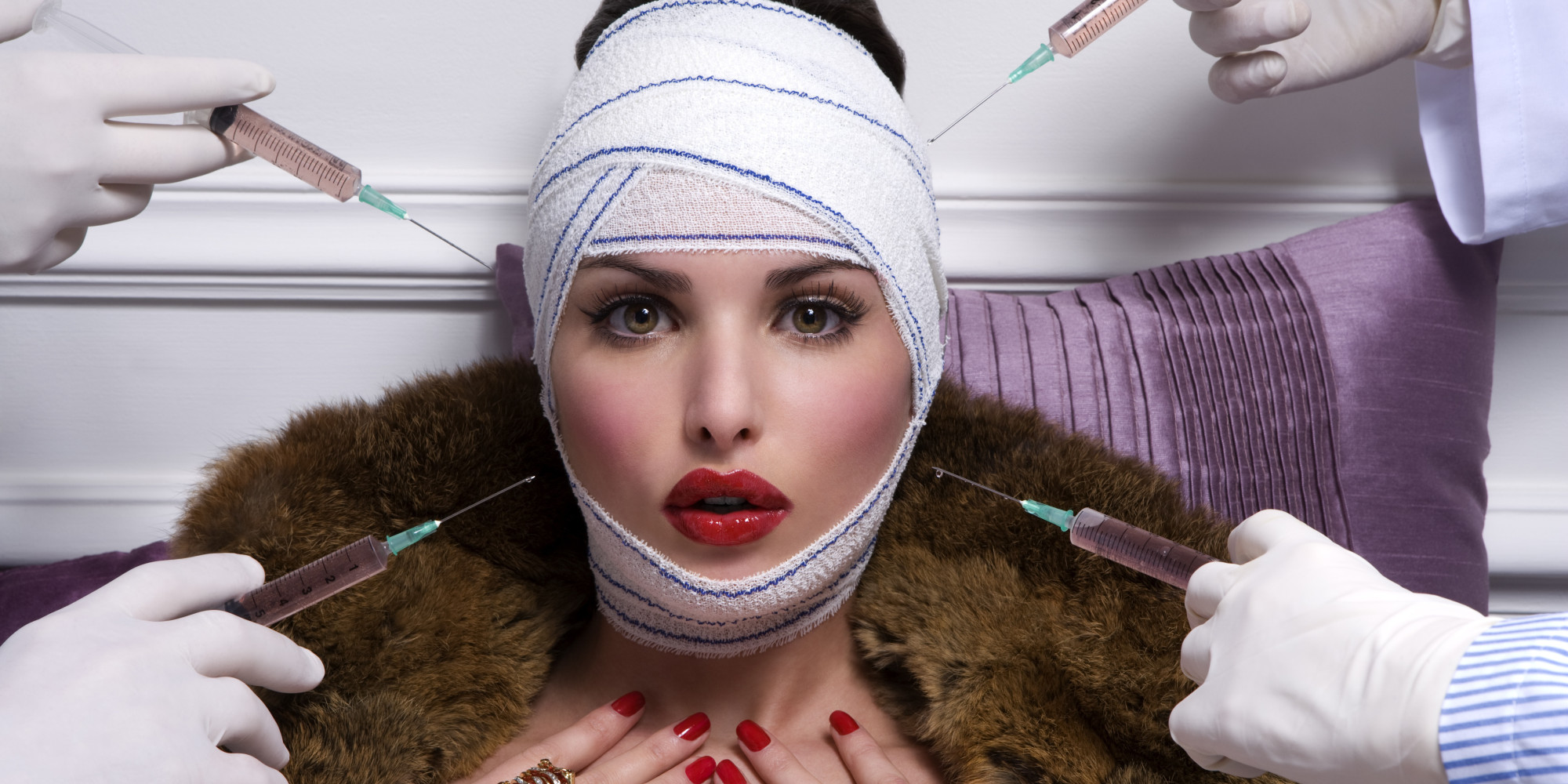
Did you know over 1 million Americans get treated for sun poisoning yearly? This fact shows how crucial it is to know and deal with this common skin issue. As a skin health expert, I’m here to give you a full guide on the top 10 ways to fix sun poisoning. You’ll also learn how to avoid it happening in the first place.
We’ll cover everything from cool compresses to the healing power of aloe vera. This article will give you the info and tools to ease your symptoms and stop sun damage to your skin. We’ll also talk about the differences between sun poisoning and sunburn. And we’ll tell you when you should get help from a doctor. Get ready to take care of your skin and enjoy the outdoors without worry.
Understanding Sun Poisoning: What You Need to Know
Have you ever gotten a sunburn so bad it made your skin red, blistered, and super sensitive? This is called sun poisoning or solar dermatitis. It’s a serious issue caused by too much UV exposure. Knowing about its causes, signs, and how it differs from a regular sunburn is key to keeping you safe.
What is Sun Poisoning?
Sun poisoning, or photodermatitis, is a skin reaction from too much UV radiation. It’s more severe than a regular sunburn. It can cause serious skin damage, blisters, and even affect your whole body.
Symptoms and Signs of Sun Poisoning
Sun poisoning can be mild or very severe. Its symptoms include:
- Intense redness and burning sensation on the skin
- Swelling and blistering
- Painful skin peeling
- Headache, fever, and chills
- Nausea and vomiting
- Dehydration and electrolyte imbalance
Difference Between Sun Poisoning and Sunburn
Sunburns and sun poisoning look similar at first glance. But they’re not the same. A sunburn is a mild reaction to UV rays, causing redness and pain. Sun poisoning is much worse, leading to serious symptoms and skin problems.
Immediate Relief: Top Remedies for Sun Poisoning
Finding quick relief is key when dealing with sun poisoning. It helps ease discomfort and speeds up healing. There are many effective remedies to help with this.
Cool Compresses: How to Use Them Effectively
Cool compresses can soothe sunburned skin and lessen inflammation. Soak a clean cloth in cool water, wring it out, and apply it to the affected skin. Do this every few hours to keep the skin cool and comfy.
Aloe Vera: Natural Healing Benefits and Application
Aloe vera is great for sun poisoning relief. Its gel calms inflammation, reduces blistering, and aids in healing. Apply fresh aloe vera gel to the affected areas and reapply as needed.
Over-the-Counter Treatments: What to Choose and Why
Products like hydrocortisone creams or oral anti-inflammatory meds can ease sun poisoning symptoms. They reduce inflammation, soothe the skin, and help with pain. Always follow the product instructions and talk to a doctor if symptoms get worse.
Hydration: Importance and Best Practices for Replenishing Fluids
Drinking enough water is crucial for skin healing. Drink lots of water and fluids with electrolytes to replace what’s lost from sun exposure. Aim for at least 8 glasses of water daily, or more if you’re dehydrated.
Rest and Recovery: How to Support Your Skin’s Healing Process
Let your skin heal by giving it rest. Stay out of the sun and avoid hard activities. Take breaks from work and focus on self-care.
Using these remedies can help you feel better and support your skin’s healing from sun poisoning. Always see a doctor if your symptoms get worse or don’t improve.
Preventing Sun Poisoning: Essential Tips and Tricks
It’s important to protect your skin from the sun’s harmful rays to avoid sun poisoning. By following simple steps, you can lower your risk. This way, you can enjoy the outdoors without worrying about skin damage.
Proper Sunscreen Use: Choosing the Right SPF and Application Techniques
Choosing the right sunscreen is crucial. Look for a broad-spectrum sunscreen with an SPF of 30 or higher. This ensures protection against both UVA and UVB rays. Apply sunscreen generously to all exposed skin, including often-missed areas like the lips, ears, and around the eyes. Reapply every 2 hours, or more often if you’re swimming or sweating.
Protective Clothing: What to Wear and How It Helps
Protective clothing is also key in preventing sun poisoning. Choose lightweight, tightly-woven fabrics that cover your skin well. Hats with wide brims, sunglasses, and long-sleeved shirts can shield your skin from the sun’s rays.
Avoiding Peak Sun Hours: Understanding Sun Intensity
The sun’s rays are strongest between 10 am and 4 pm. During these hours, seek shade, wear protective clothing, and limit your sun exposure. Check the UV index in your area and plan your outdoor activities to reduce your risk of sun poisoning.
Staying Hydrated: Daily Habits for Skin Health
Drinking enough water is vital for healthy skin and reducing sun damage risk. Aim for plenty of water throughout the day. Also, eat hydrating fruits and vegetables to help your skin handle the sun better and recover faster from sun exposure.
| Prevention Tip | Why It’s Important |
|---|---|
| Use Broad-Spectrum Sunscreen | Protects against both UVA and UVB rays, reducing the risk of sun poisoning |
| Wear Protective Clothing | Covers more skin, creating an additional layer of defense against the sun |
| Avoid Peak Sun Hours | The sun’s rays are most intense during this time, increasing the risk of sun-related skin damage |
| Stay Hydrated | Helps maintain skin health and supports the skin’s natural healing process |
By following these essential tips, you can greatly lower your risk of sun poisoning. This lets you enjoy the outdoors with confidence. Remember, prevention is the best way to protect your skin from the sun’s harmful effects.
When to Seek Medical Attention for Sun Poisoning
Mild sun poisoning can be treated at home, but severe symptoms need immediate medical help. Knowing when to get help is key to avoiding more skin damage and serious health issues.
Recognizing Severe Symptoms: What to Watch For
If you notice any of these severe sun poisoning symptoms, get medical help right away:
- Extensive, painful blistering or peeling of the skin
- Fever, chills, or signs of heat stroke, such as nausea, dizziness, or confusion
- Severe swelling or redness that covers a large area of the body
- Extreme pain or sensitivity to touch
Professional Treatments: When to Consult a Dermatologist
For severe sun poisoning, a dermatologist can offer advanced treatments. They can help with skin damage and prevent further problems. Some treatments they might suggest include:
- Prescription-strength topical creams or ointments to reduce inflammation and promote healing
- Oral medications, such as anti-inflammatory drugs or antihistamines, to alleviate symptoms
- Intravenous (IV) fluids to address severe dehydration and electrolyte imbalances
- Corticosteroid injections to quickly reduce swelling and pain
Getting quick medical help for severe sun poisoning symptoms is vital for your health. Don’t wait to see a dermatologist if you’re worried about your condition.
Conclusion: Staying Safe and Healthy in the Sun
As we wrap up our guide on sun poisoning, remember: sun safety is key for everyone. Knowing the causes, symptoms, and how to prevent it lets us enjoy the sun safely. This way, we can have fun in the sun without the risks of sun damage or poisoning.
Recap of Key Points
This article covered the main points about sun poisoning. We talked about what it is, how to spot it, and how to treat it. We stressed the importance of using sunscreen, wearing protective clothes, and staying out of the sun during peak hours.
We also talked about the need to drink plenty of water and let your skin rest after being in the sun too long. These steps help protect our skin from the sun’s harmful rays.
Final Tips for Sun Safety
When you go outside to enjoy the sun, don’t forget to put on plenty of sunscreen. Reapply it every two hours or after swimming or sweating. Wear clothes that protect your skin, hats with a wide brim, and sunglasses to protect your eyes.
If you feel a lot of pain, see blisters, or have signs of heatstroke, get medical help right away. Putting sun safety first lets you enjoy the sun’s benefits without the dangers of sun poisoning or skin damage.










